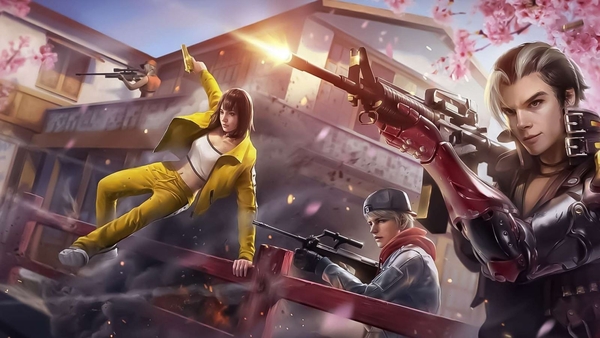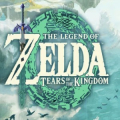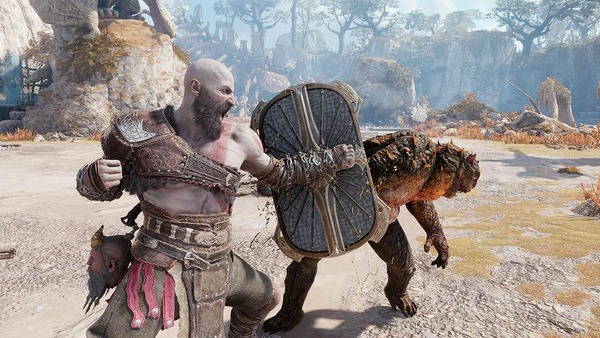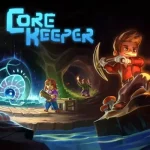Advertisement
Popular Now
Introduction
Free Fire, developed by 111 Dots Studio and published by Garena, has become one of the most popular battle royale games globally. Its blend of fast-paced action, accessibility, and mobile optimization has earned it a massive player base, particularly in Southeast Asia and Latin America. However, with its success, a controversial issue has emerged: the implementation of pay-to-win (P2W) mechanics. This aspect of the game has sparked debates among its players, many of whom argue that Free Fire's monetization strategy tilts the playing field in favor of those who spend real money. In this article, we will explore the impact of these pay-to-win mechanics on Free Fire’s gameplay, the community, and the overall experience of both casual and competitive players. We will analyze how in-game purchases affect gameplay balance, the player's experience, and the game's longevity. By breaking down the monetization strategies, examining the game's economy, and highlighting specific cases where P2W mechanics come into play, we will provide an in-depth look at how these systems shape Free Fire’s ecosystem and community dynamics.
1. Understanding Pay-to-Win (P2W) Mechanics
Defining Pay-to-Win in Free Fire
Pay-to-win mechanics refer to in-game systems that allow players to gain significant advantages over others by spending real-world money. These advantages can take many forms, such as stronger weapons, better gear, faster progression, or exclusive items that provide a tactical edge. In Free Fire, P2W elements primarily manifest through weapon upgrades, character abilities, and exclusive skins that can be purchased using the in-game currency, diamonds, which are bought with real money. The core of the issue lies in the fact that spending money grants players tangible in-game benefits, which can make it harder for free-to-play players to compete on equal footing. While Free Fire does offer free-to-play options, the speed and ease of acquiring certain items or characters are significantly accelerated for those willing to spend money.The Role of Character Abilities and Upgrades
In Free Fire, characters come with unique abilities that can significantly alter gameplay. While players can unlock some characters by grinding through the game, many of the most powerful characters must be purchased through the in-game store using diamonds. These characters, such as Chrono, Alok, and K, provide specific advantages—ranging from speed boosts to shield generation—that can be game-changing in intense combat situations. For example:- Chrono’s ability creates a protective shield that blocks incoming damage, a feature that can be vital in survival situations.
- Alok’s ability heals and boosts movement speed, which is extremely useful for both attacking and retreating.
2. The Economics of Free Fire: Diamonds and the Cash Flow System
The Diamond Economy: A Double-Edged Sword
At the heart of Free Fire’s monetization system lies its premium currency: diamonds. Diamonds are used to purchase skins, characters, emotes, and even weapon upgrades, all of which can directly influence gameplay. While Free Fire does provide methods for players to earn diamonds through events, missions, or in-game activities, the quickest and most reliable way to acquire them is by purchasing them with real money. For many players, the allure of easily accessible upgrades is a key motivator for spending money. Diamonds can be used to unlock high-tier characters and skins that offer both aesthetic value and gameplay advantages. The game’s economy is structured to create a sense of urgency, especially when limited-time offers or special events are introduced, encouraging players to spend more to stay competitive. However, this system raises questions about fairness and balance. Free Fire’s monetization approach creates a divide between paying and non-paying players, especially in high-stakes matches where character abilities and weapon enhancements can determine the outcome. The faster a player is able to unlock these benefits, the more powerful they become, creating a system where money becomes a determining factor in success rather than skill.Incentivizing Spending Through Exclusive Offers
One of the ways Free Fire encourages players to spend money is by offering exclusive content that is only available through time-limited events. These events often feature premium characters, weapon skins, or items that cannot be purchased outside the event, creating a sense of urgency and exclusivity. For example:- Elite Passes grant access to a tiered reward system, where players can unlock exclusive rewards as they progress.
- Special Bundles offer a combination of characters, skins, and other perks for a one-time fee.

3. The Competitive Balance: Is Free Fire Fair for Everyone?
The Impact of P2W on Competitive Integrity
Competitive integrity is one of the cornerstones of any game, and this is where the pay-to-win mechanics in Free Fire come under scrutiny. In theory, battle royale games are meant to test players' skill, strategy, and adaptability, not their financial status. However, in Free Fire, the advantages granted by paying for premium items and characters can significantly alter the fairness of the game, especially in ranked matches or tournaments. As players accumulate powerful characters and upgraded weapons, the skill gap between free-to-play and pay-to-play players widens. A pay-to-play player with access to enhanced abilities and weapons can dominate a match even if they are less skilled than their opponents, creating a frustrating experience for non-paying players. This becomes especially apparent in high-level competitive play, where the use of overpowered abilities and upgraded gear can easily sway the outcome of a match.Player Experience: Frustration and Inequality
For players who cannot afford to spend money on premium items, the experience can feel demoralizing. The constant presence of more powerful, pay-to-win players creates an unequal playing field, where skill is often overshadowed by the advantages provided by monetary investment. This results in a player base that feels alienated, especially those who rely solely on their in-game progress and achievements. The frustration caused by facing overpowered characters or upgraded weapons in ranked matches can lead to burnout, and many players may eventually abandon the game in search of more balanced alternatives. This erodes the community’s long-term engagement and harms the overall player retention rates.4. Free Fire's Progression System: How Pay-to-Win Affects Advancement
Progression Through Grinding vs. Paying for Shortcuts
In Free Fire, players can grind through levels, complete missions, and participate in events to earn rewards, including diamonds, characters, and skins. However, the speed at which players progress is drastically affected by whether or not they’re willing to spend money. Those who buy diamonds can unlock premium rewards far more quickly, bypassing the slow grind that free-to-play players must endure. While grinding can still lead to unlocking most content, it is often time-consuming and frustrating. Players without access to diamonds are required to rely on random loot boxes or wait for specific events, creating a sense of disparity. For example:- Loot Crates are randomized, meaning a player may spend hours trying to get a specific character or weapon, only to end up with duplicates or worthless items.
- Season Passes require players to pay to unlock additional tiers of rewards, providing advantages that free players will never reach without spending significant time or money.
Time vs. Money: The Clear Divide
This dynamic creates a scenario where time and money are interchangeable currencies within the game. Paying players can skip the grind and immediately benefit from powerful items and characters, while free-to-play players are stuck with the slow progression system. Over time, this leads to an erosion of the “skill-based” gameplay that Free Fire prides itself on, as the gap between paying and non-paying players widens.
5. Community Impact: How Pay-to-Win Creates Toxicity
The Rise of Toxic Behavior
One of the unintended consequences of the pay-to-win model in Free Fire is the rise of toxic behavior within the community. Frustrated by the imbalance, non-paying players may resort to toxic comments, insults, or harassment, which diminishes the overall atmosphere of the game. These players often feel that their skill and dedication to the game are undermined by players who “buy their way to victory.” Similarly, paying players may feel entitled to dominate the game, leading to a sense of superiority that fosters a toxic attitude toward free-to-play players. This negative environment can discourage casual players and newcomers from continuing to play, diminishing the game’s long-term viability.Community Division
The presence of P2W mechanics also creates a divide between different types of players. Those who can afford to spend money on the game often feel a sense of accomplishment through the acquisition of rare items and powerful abilities, while free-to-play players struggle to catch up. This division can result in a fractured community, where casual players feel isolated or excluded from higher-level competitive play, leading to a decline in player retention and overall satisfaction.6. Alternatives: What Could Free Fire Do Differently?
Introducing More Fair Microtransactions
One potential solution to the pay-to-win issue in Free Fire is to rework its microtransaction system to offer cosmetics and vanity items that do not impact gameplay. By focusing on cosmetic upgrades—such as skins, emotes, and exclusive outfits—Free Fire could still generate revenue while keeping the game’s competitive balance intact. This would allow players to express their individuality without affecting the gameplay experience for others.Better Progression for Free-to-Play Players
Free Fire could also consider enhancing the progression system for free-to-play players, making it more rewarding to grind for characters and upgrades. Offering alternative paths to acquire powerful characters through time-based progression or skill-based rewards would help level the playing field and give non-paying players a sense of accomplishment.















